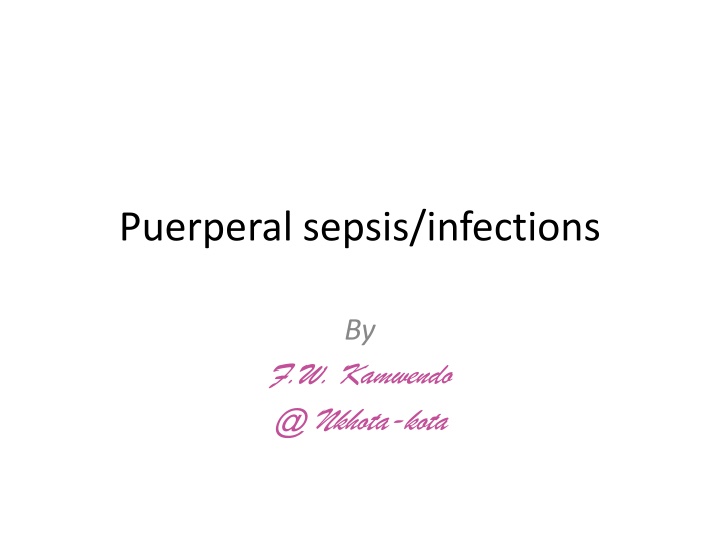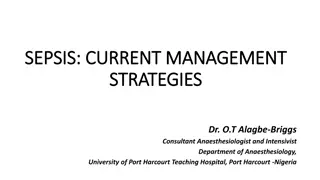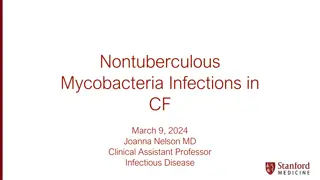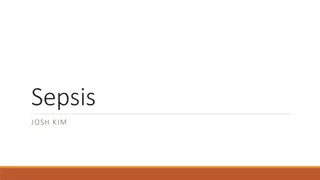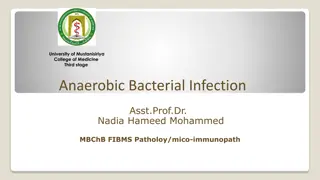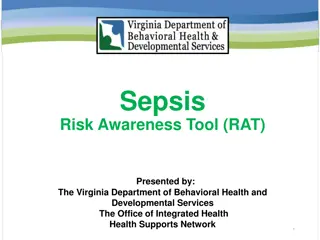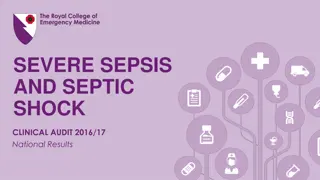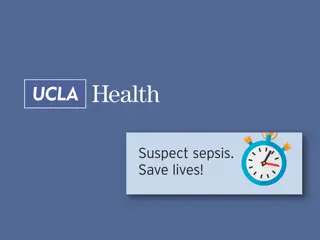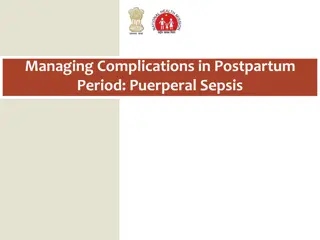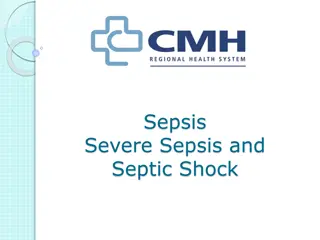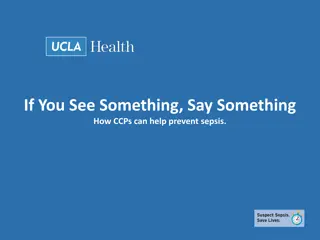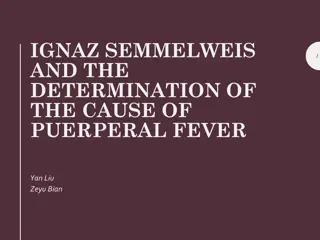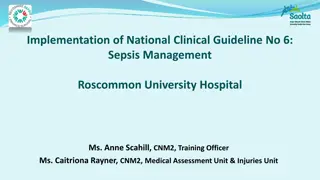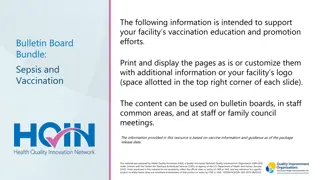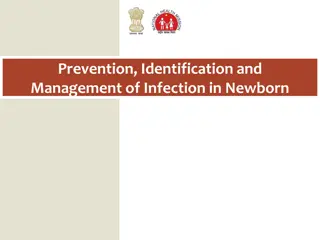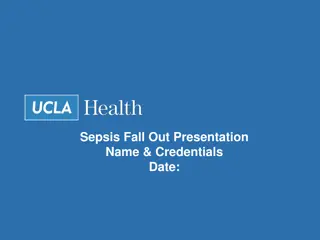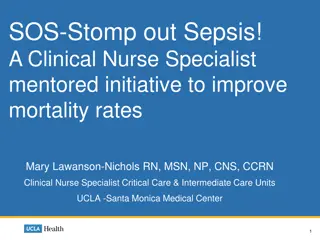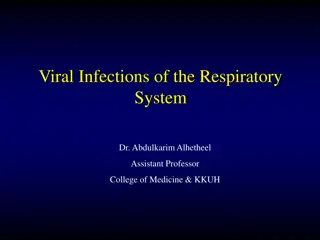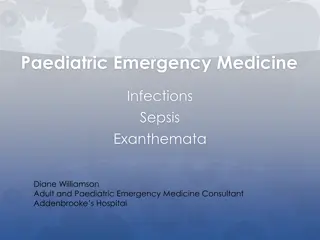Prevention and Management of Puerperal Sepsis and Infections
Puerperal sepsis and infections are serious conditions affecting women postpartum. Puerperal sepsis is characterized by specific symptoms, while puerperal infections are more general. Prevention includes antenatal care, strict intrapartum hygiene practices, and timely interventions. By following guidelines and maintaining sterility, the risk of these conditions can be reduced significantly.
Download Presentation

Please find below an Image/Link to download the presentation.
The content on the website is provided AS IS for your information and personal use only. It may not be sold, licensed, or shared on other websites without obtaining consent from the author.If you encounter any issues during the download, it is possible that the publisher has removed the file from their server.
You are allowed to download the files provided on this website for personal or commercial use, subject to the condition that they are used lawfully. All files are the property of their respective owners.
The content on the website is provided AS IS for your information and personal use only. It may not be sold, licensed, or shared on other websites without obtaining consent from the author.
E N D
Presentation Transcript
Puerperal sepsis/infections By F.W. Kamwendo @ Nkhota-kota
Definition Puerperal sepsis: Infection of the genital tract occurring at any time between the onset of rupture of membranes or labour, and the 42nd day postpartum in which two or more of the following are present: Fever i.e. oral temperature 38.5 C/101.3 F or higher on any occasion, Abnormal vaginal discharge, e.g. presence of pus, Abnormal smell/foul odour of discharge, Delay in the rate of reduction of the size of the uterus (involution) (<2 cm/day during first 8 days).
Definition Puerperal infections: Is a more general term than puerperal sepsis and includes: Puerperalsepsis Infections of the genito-urinary systems related to labour, delivery and the puerperium, Infections related to the uterus and its associated structures, Infections related to the urinary tract, Infections specifically related to the birth process But not of the genito-urinary systems, e.g. breast abscess, incidental infections, e.g. Malaria, respiratory tract infections .
Prevention1 Antenatal period Diagnosis and treatment of urinary tract infections. Diagnosis and treatment of anaemia and malnutrition. Diagnosis and treatment of diabetes mellitus. Assessment of risk factors for feto-pelvic disproportion. Diagnosis and treatment of pre-existing sexually transmitted infections e.g. Gonorrhoea, Chlamydia etc., Diagnosis and treatment of other vaginal infections. Identification and appropriate management of prolonged rupture of membranes (>12hours
Intrapartum period Strict adherence to established antiseptic and sterilisation procedures such as: Cleaning hands immediately prior to delivery, Cleaning perineum, Cleaning delivery surface, Sterilised surgical instruments, Clean cord tie and clean cord care, Use of a prepacked sterilised delivery kits. Institutionalizing all deliveries. Restricting vaginal examinations to minimum in premature and prolonged rupture of membranes (PPROM). Refer guideline on Preterm Rupture of Membranes
Intrapartum period contd Prevention of prolonged labour by maintaing the partogram in all patients who are in labour and intervention at the action line and early maternal transfer when indicated. Strict adherence to sterile procedures at every vaginal examination in women in labour. Strict adherence to sterile procedures especially when performing an emergency Caesarean Section and/or any other operative procedures such as, removal of retained placenta or retained products of conception. Ensuring sterility in the operating room. (Grade X) Ensuring sterility in the labour room. (Grade X) Encourage-voiding urine during labour thereby avoiding unnecessary catheterization. Avoid unnecessary episiotomy. Use soap, water and effective antiseptics
Treatment Start antibiotics after taking samples for microbiology. Ampicillin 500mg. intravenous 6 hourly, Or Amoxicillin 500mg. intravenous 8 hourly, Or Gentamycin 5mg./kg body weight/day in a single dose or in two divided doses. Giving penicillin with Gentamycin and metronidazole provides the broadest coverage.
